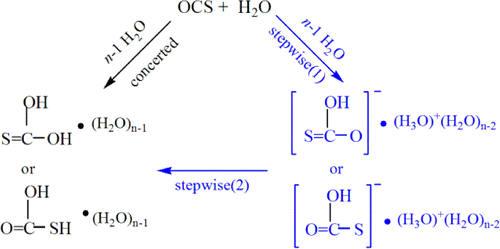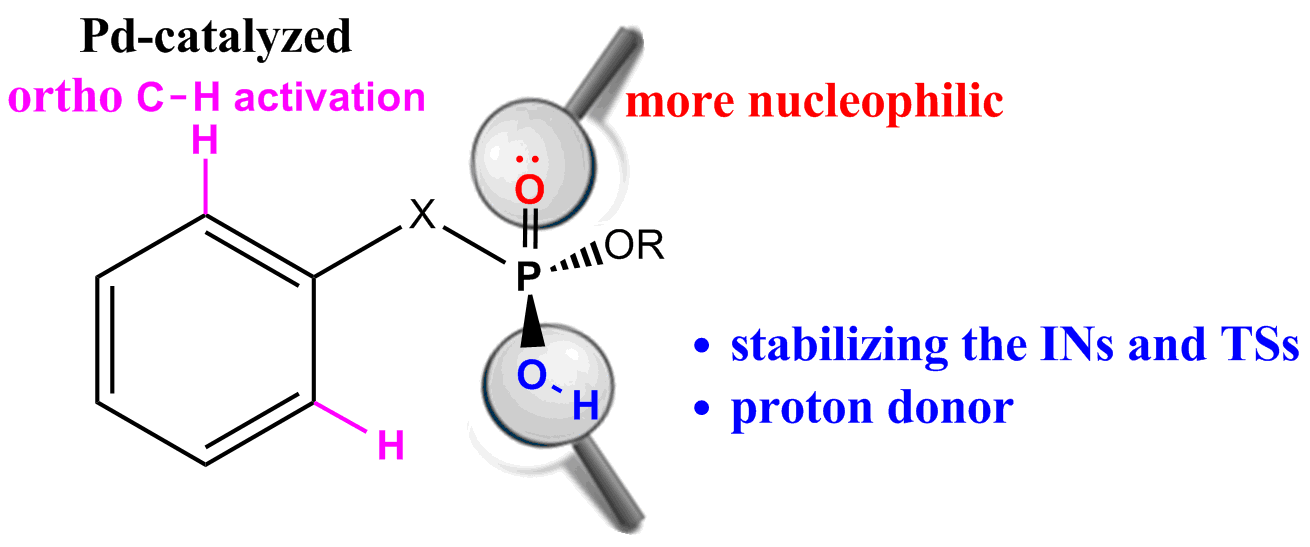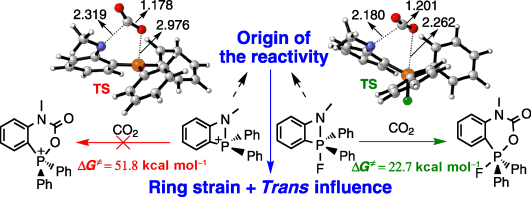Concerted or Stepwise Mechanism? New Insight into the Water-Mediated Neutral Hydrolysis of Carbonyl Sulfide
Submitted by Jun Zhu on Wed, 05/07/2014 - 08:55
The water-mediated neutral hydrolysis mechanism of carbonyl sulfide (OCS) has been re-examined using the hybrid supramolecule/continuum models with n = 2–8 explicit water cluster at the level of MP2(fc)(CPCM)/6-311++G(d,p)//MP2(fc)(CPCM) /6-31+G(d). Present calculations indicate that the potential energy surface in water solution is different from the one in the gas-phase, and only stepwise mechanism is observed in aqueous solution, i.e., monothiocarbonic acid (H2CO2S) is formed via monothiocarbonate (OCSOH–, MTC) and its counterion, protonated water cluster, (H2O)nH3O+.





